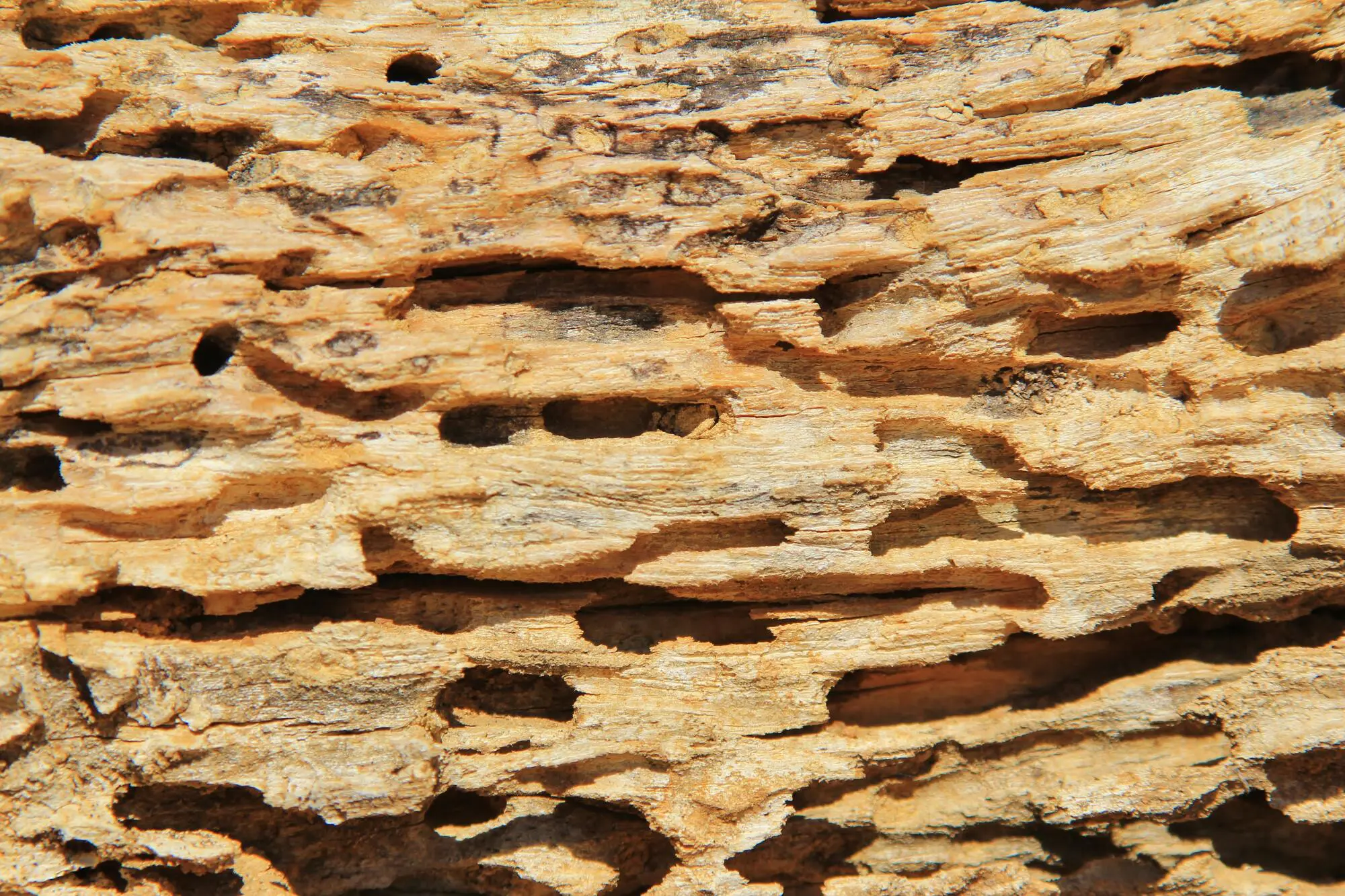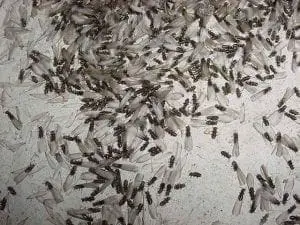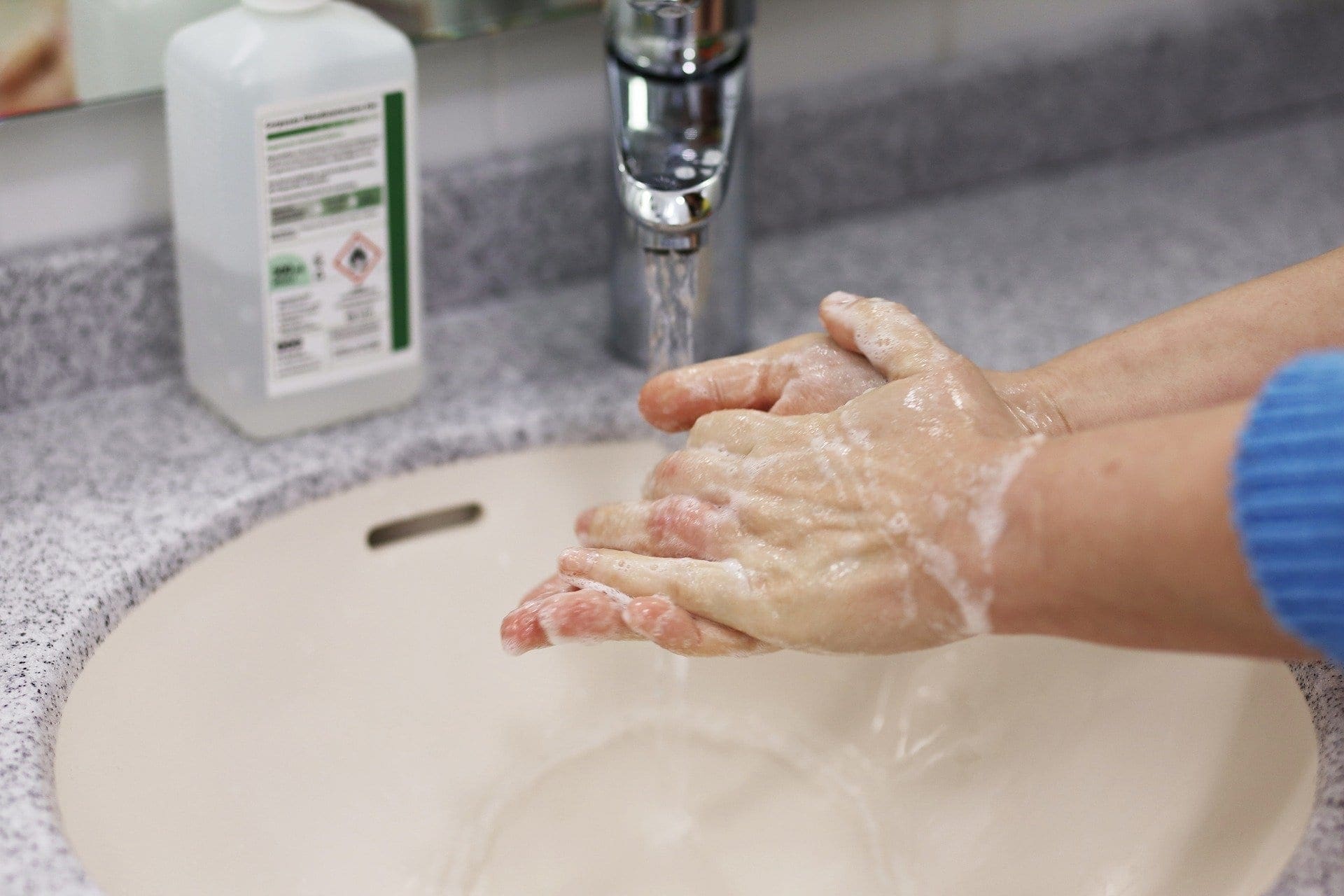Termites are a major threat to virtually any home. That said, there are several signs that can alert you to their presence early, from hollow wood to mud tubes.
Why is it important to catch termites early? Simple: the longer they’re unaccounted for, the more damage they’ll do to the integrity of your home. A termite colony grows quickly and can number tens of thousands in a few years.
What does a termite infestation look like? Read on to find out how to identify this issue in Tampa, FL, and why you should deal with it as soon as possible!
What Qualifies as an Infestation?
A termite infestation involves members of a termite colony entering a home or another structure. Their diet primarily consists of cellulose, which is found in:
- Wood
- Paper
- Cardboard
Termites play a key role in natural ecosystems, as they recycle dead trees and plant matter into nutrients. In homes, their appetite for cellulose often causes significant structural damage, and you may not notice it until it’s too late.
A single termite colony can have over a million members. This is a complex social network, headed by the queen. Since individual termites can live up to 50 years, a colony of termites can survive indefinitely.
How Serious Is a Termite Infestation?
Termites cause damage quickly, so any infestation is a cause for alarm. The speed of damage will depend on the type of termites and the size of the infestation.
In general, a colony of 250,000 termites can chew through about two feet of a 2×4 piece in five months. The key issue is that termite damage builds up over time. An unnoticed colony can feed on your wood for many years.
If termites damage the structural integrity of a home, repairs will likely be extensive. Oftentimes, the compromised wood will need to be replaced altogether. For minor issues, it may be viable to simply reinforce it.
What Does a Termite Infestation Look Like?
As we’ve established, early termite detection is essential for protecting your home. Here are some early indicators that you have unwanted guests on your property.
1. Blister Spots
Wood flooring that seems to be buckling or has blister spots is another solid indicator of termites. When subterranean termites damage a subfloor, the wood flooring may start to look discolored or assume a wavy appearance.
In general, most types of termites prefer the softer subfloor wood and supports. This makes it harder to notice their presence, as they can do quite a bit of damage before the wood starts to develop blister spots.
2. Hollowed Wood
If you suspect termites, try knocking on wood structures in your home. If you hear a hollow sound, it’s best to call a professional ASAP. Termites tend to hollow out wooden structures without emerging, causing them to sound empty.
3. Mud Tubes
As the name implies, subterranean termites nest underground. This means that they must forage up to reach their food source, which is often a house. In doing so, termites create mud tunnels, also known as mud tubes.
These pencil-sized tunnels are most commonly found where your house meets the ground. Beyond serving as a way to travel, mud tubes also block out dry, cool air, making it easier for termites to thrive in your home.
4. Unwieldy Doors
When termites eat through the wood, they may also introduce additional moisture to it. This often causes the wood to warp or buckle, which can make things like doors and windows difficult to open and close.
5. Discarded Wings
Termites are attracted to the outside light, which is why they’ll often fly toward windows. When they land, they will occasionally twist their wings off, usually when they think they won’t need them again.
This is why you may find some discarded termite wings near doors, windows, and other home-access points. However, this doesn’t mean that the termites are dead. In fact, they may be trying to start another colony nearby.
Frequently Asked Questions (FAQ)
How Can You Prevent Termites?
As far as termite prevention methods go, one thing that always helps is reducing moisture levels in your home. This may involve things like:
- Fixing leaks as soon as you notice them
- Maintaining a dry area around the home’s foundation
- Ensuring your home has proper drainage
Another thing you can do is eliminate entry points for termites. Keep any wood at least 20 feet away from the foundation. You can also elevate wood structures like window frames at least six inches above ground level.
When Should You Schedule a Termite Inspection?
If you live in a high-risk area for termites, it’s wise to schedule regular inspections. Ideally, you would do so once a year. Of course, if you notice any of the above warning signs, you should contact an expert right away.
How to Get Rid of Termites Permanently?
The best way to deal with a termite infestation is to use professional treatments. The exact treatment will depend on your situation, but the main options are:
- Fumigation
- Bait stations
- Heat treatments
- Liquid termiticides
DIY methods for removing termites include sprinkling boric acid in crevices and cracks. This acts as a nerve poison for termites, dehydrating them. However, it’s unlikely that this method will get rid of all termites in your home.
What Time of Year Are Termites Most Active?
Termites tend to be particularly active during the warmer months, from spring to fall. Their activity peaks during the swarming season, which is usually in the spring. However, a termite colony can be active in winter as well.
Call a Pest Control Professional Today!
So, what does a termite infestation look like? That depends on various factors, but most infestations have the same warning signs we listed above. If you notice any of them, your best bet is to call a pest control expert.
At Chet’s Termite and Pest Management, we specialize in exterminating pests for good. As Tampa Bay’s leading pest control company for over 40 years, we can offer you a no-risk 100% money-back guarantee!
How do we do it? It’s all about our patented 57-point pest inspection method. Contact us today to schedule a free inspection and see our methods at work!



